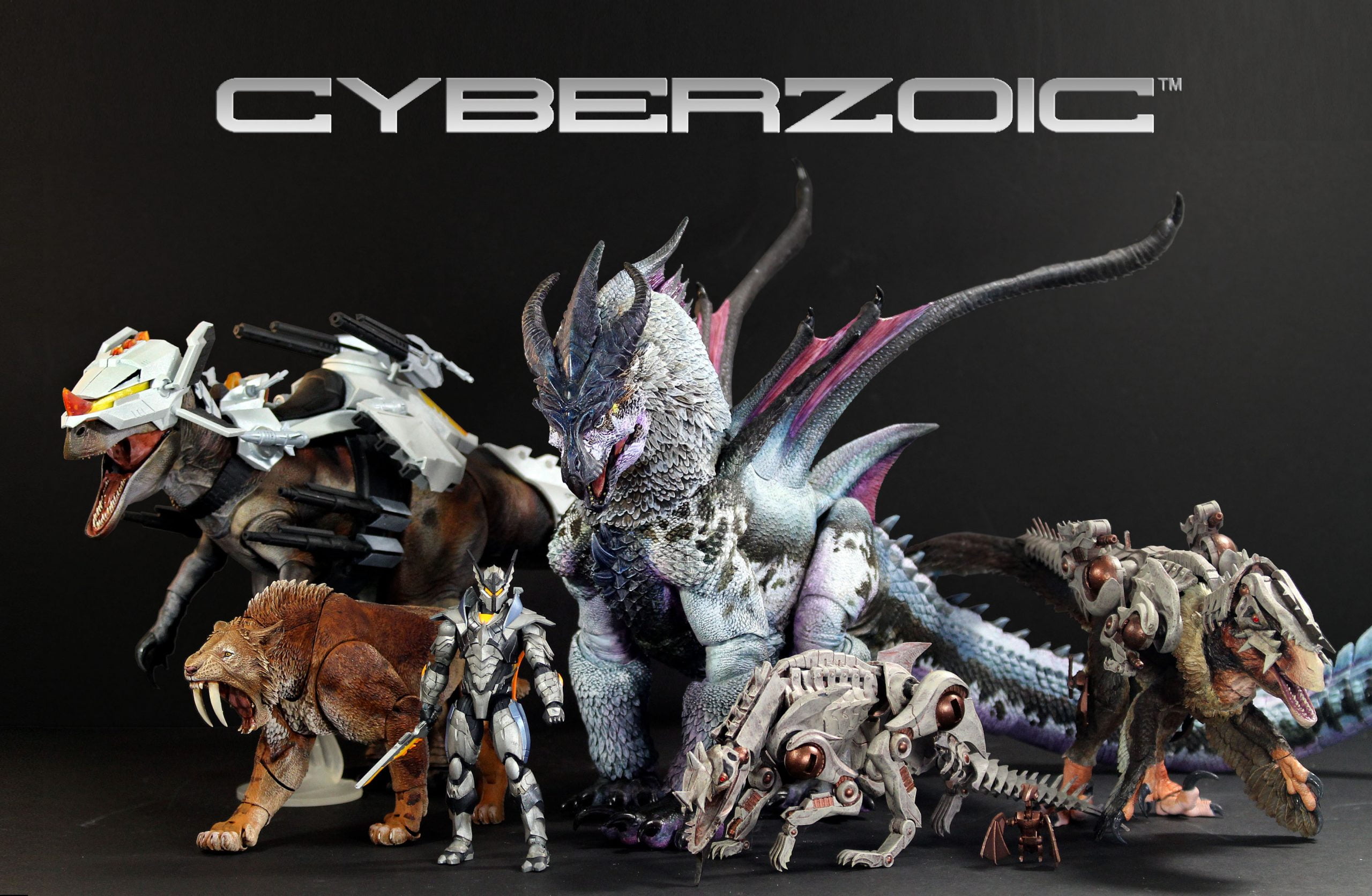Welcome back to G33k-HQ’s Comic of the Week! A few weeks ago, we looked at the start of Marvel’s “One World Under Doom” event, which is focused on Doctor Doom’s successful conquest of the world. Now we’re seeing more of it unfold in “Fantastic Four” #30, written by Ryan North, illustrated by Cory Smith, and colored by Jesus Aburtov.

Please note that this review will contain spoilers for this issue of “Fantastic Four” and “One World Under Doom” #2.
For those who haven’t been keeping up with “Fantastic Four” and “One World Under Doom” (to which I say: your loss), some context may be needed. After the Four launched their own failed attack on Doom, he stripped Ben Grimm, AKA The Thing, of his powers. While there was a time when Ben would have been glad to be human again, he’s long since learned to accept and love himself as he is, so despite Doom describing it as a “cure,” losing his powers is literally losing a part of himself.
This issue of “Fantastic Four,” then, follows Ben as he deals with the loss and trauma of having his powers stripped from him. This is not an action-packed issue of the Fantastic Four beating up villains (although apparently three of the four are busy fighting Diablo off-page), nor is it about using super science to save the day. It’s a personal, character-driven story focusing on Ben and his grief, and it’s all the better for it.

Writer Ryan North carries us through this by jumping from moment to moment in Ben’s days moving forward, making it pass by in an instant before bringing us to the present. Anyone who’s experienced depression or the crippling sadness of a loss can relate to Ben in these moments.
As the story progresses, we see the toll the loss takes on Ben both physically and emotionally. Yes, he is still the hero who would absolutely jump in front of a bullet for his family, but he no longer has the bulletproof rock body that would protect him. When he tells Reed how he’s not strong enough, it hits home on an emotional level, so we understand as it leads him to make a deal with the Puppet Master, frequent enemy of the Fantastic Four and Alicia’s father.

This, in turn, brings us to an emotional scene where Alicia confronts her father, who has his own emotional moment where he comes clean about his mistakes and regrets. Between Ben, Alicia, and her father, it’s a powerful scene about grief, coping, recovery, and regret that hits incredibly hard.
For all the larger-than-life heroics of the characters, for all the super science and magic, moments like this make the characters feel real and relatable, especially for readers who’ve been through similar trauma.

While the storytelling is top-notch, the artwork is… also top-notch, of course. Cory Smith’s illustrations do an amazing job capturing the characters’ emotions and carrying us through each page, while Jesus Aburtov’s colors bring it to life with bright tones and shading that adds volume throughout.
As stated, this is an emotional issue, and it needs art that can carry it. Smith’s illustrations provide just that, giving us powerfully expressive characters throughout the book. Ben’s body language carries the loss in every page, making the plastered-on smile he gives himself all the more painful. We get the same expressiveness when Alicia confronts her father, adding to the impact of every line.

Beyond that, the character work and scenery are both filled with life and detail. The city streets are overflowing with activity and personality, and the cells onboard the Raft show the age and dampness of the prison.
All the while, Aburtov’s color work lights up the pages, bringing out the characters and scenes with touches of lighting and shadow that add to the volume of the imagery and emotion of the moment. It’s particularly impactful when, for instance, the panel is lit up by the muzzle flare of a gun firing, casting the characters in yellow light and the background in crimson red. But even subtle differences in the brightness and lighting of different settings controls the atmosphere wonderfully.

Ryan North’s run on “Fantastic Four” has been consistently great, and issue #30 is no exception. It’s a powerfully emotional story that gives us insight into the characters’ struggles in a way that feels incredibly real, with artwork to match. While the struggle to save the world from Doctor Doom (if it even should be saved from him) continues in the pages of “One World Under Doom,” “Fantastic Four” #30 lets us focus more on the characters, and it’s an excellent story for it.




